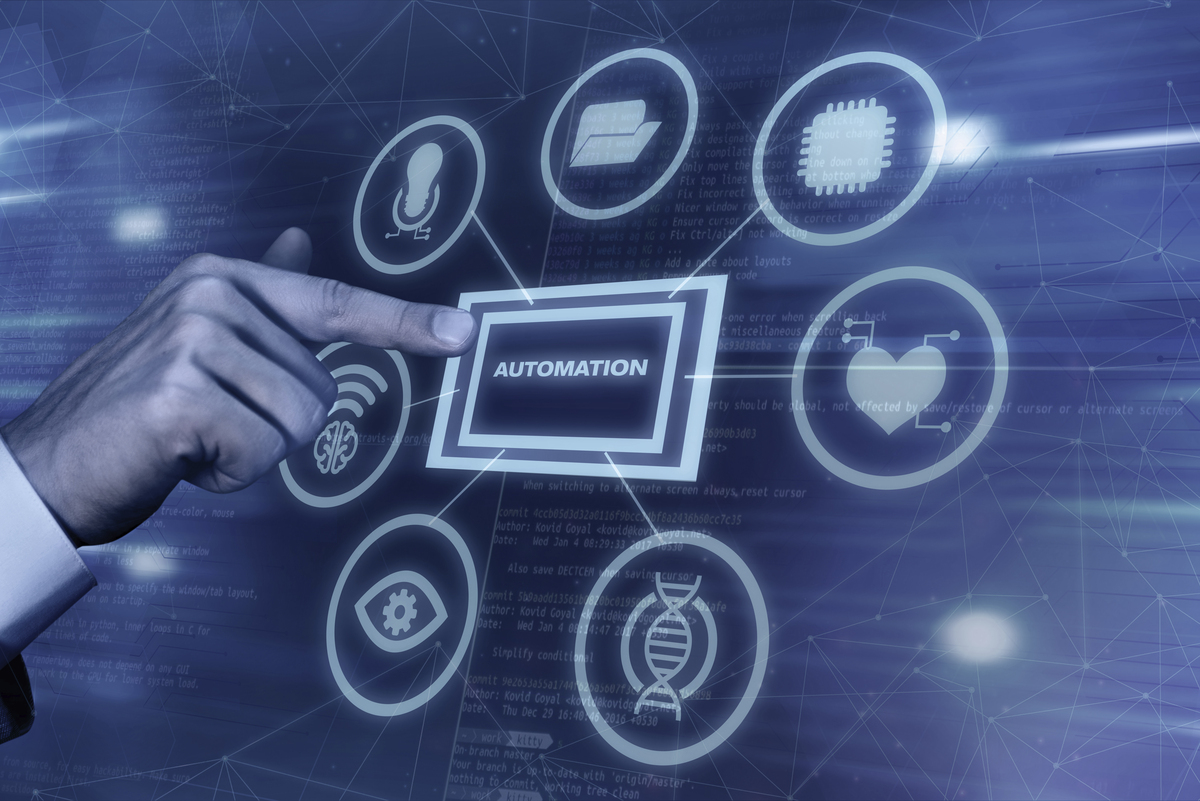The use of AI in predictive maintenance is transforming how businesses maintain their infrastructure and machinery. Algorithms using artificial intelligence (AI) can identify trends in data from a variety of sensors and anticipate problems before they arise. With this proactive strategy, businesses may limit downtime, save maintenance expenses, and increase the asset’s lifespan.
With developments in machine learning and data analytics, predictive maintenance is anticipated to use artificial intelligence in a far more sophisticated manner by 2025. Businesses are adopting AI in predictive maintenance techniques more frequently to maintain operational efficiency and remain competitive. For companies looking to use technology to improve construction data management, it is essential to comprehend the advantages and operation of AI in predictive maintenance.
Table of Contents
The Basis of AI in Predictive Maintenance
When it comes to particular vocations or tasks, artificial intelligence systems are made to mimic human intellect. This means that these duties can be accomplished automatically rather than by hand.
In predictive maintenance, AI in construction tools are able to examine the state of an equipment’s operation right now and search for signs that it might break down in the future, even if there haven’t been any obvious problems with it. Artificial intelligence (AI) systems can identify minor changes in machine performance that might indicate the need for maintenance by comparing the machine’s current performance to baseline data. Teams can then replace particular parts before failure happens by being made aware of these demands.
Suggested article to read: Artificial Intelligence or AI in Building; Guide to 2025 | AI or Artificial Intelligence in Project Management; 2025 Review | What is Predictive Maintenance; 2025 Ultimate Guide
Various Techniques for AI Prediction
Unexpected downtime lowers output and necessitates expensive truck rolls to fix. AI in predictive maintenance can anticipate equipment issues and increase the field reliability of your products by assisting you with:
- Estimate Based on your Knowledge: Create user-specific, condition-based alarms and alerts by combining your historical performance data, technical specifications, and real-time analytics. This will help you preventing failures before they happen. Typically, this is the initial phase of forecasts made possible by AI.
- Determine Using What you Know: AI may assist in focusing and refining your data to produce more accurate and useful models over time, regardless of whether your Industrial Internet of Things (IIoT) program is well-established or you are just getting started. Develop a proactive, knowledge-building predictive maintenance plan that can detect and address signals that indicate impending downtime.
- Predict Using Simulation: To make sure machines can withstand real-world conditions and identify predicted warning and alert points, simulate the same stress that leads to performance issues during the design phase. Through the use of AI-enabled procedures, you can even gradually enhance the simulations you perform.
Suggested article to read: What is IoT in Predictive Maintenance? 2025 Review | What is Industrial IoT Tender? 2025 Guide

How is AI Employed in Manufacturing and Maintenance
AI has several applications in maintenance and manufacturing, such as:
1. Enhanced Overall Efficiency of Equipment (OEE)
AI in predictive maintenance solutions can assist businesses in identifying and resolving sources of friction by evaluating production processes from start to finish. Artificial intelligence frameworks could, for instance, identify a discrepancy between two phases of component assembly:
- There may be a productivity loss in the second stage if it can only handle five components per hour, compared to the first stage’s potential output of ten components per hour.
- Equipped with this knowledge, businesses might buy and set up more equipment for the second stage, increasing the overall efficacy of the apparatus.
2. Planned Preventative Maintenance (PPM)
By establishing a series of standard actions that are carried out on important operating technologies at regular intervals, PPM’s scheduled maintenance is intended to lower the chance of breakdowns. Artificial intelligence tools can assist in identifying high-value maintenance areas that need to be prioritized, even though PPM can be carried out without their assistance.
3. Total Productive Maintenance (TPM)
By including all employees in maintenance, not only maintenance crews, TPM aims to enhance operations. This covers front-line employees, managers, engineers, and equipment operators. Increased workforce participation in maintenance initiatives can help businesses identify any issues earlier.
However, in order to achieve this goal, AI in predictive maintenance systems that can gather maintenance data and make it available to workers on demand must be used.
Suggested article to read: How Predictive Maintenance Brings Efficiency; 2025 Guide | Cost Saving by Predictive Maintenance (2025)

Conclusion
Industrial maintenance is expected to change significantly in the future when AI is incorporated into predictive maintenance. AI in predictive maintenance helps businesses save a lot of money, increase operational effectiveness, and improve asset reliability by stopping problems before they happen. In 2025, as technology develops further, artificial intelligence (AI) will become even more valuable in predictive maintenance by providing more accurate and useful insights.
Businesses who make investments in AI in predictive maintenance methods will be better able to manage the difficulties of the contemporary market and keep a competitive advantage. Using AI in predictive maintenance is not merely a fad; it is essential for efficiency and long-term growth. Companies who use these technologies and keep ahead of the curve will ensure resilience and long-term success in a market that is becoming more and more competitive.
Suggested article for reading:
Building Maintenance; Comprehensive Guide 2025
4 Important Tips for Building Maintenance
Role of Artificial Intelligence in Smart Construction Solution; 2025 Guide
Predictive Maintenance in Buildings; Ultimate Guide 2025
Resources:
AdvancedTech | PTC | VidyaTec | Deloitte
For all the pictures: Freepik



